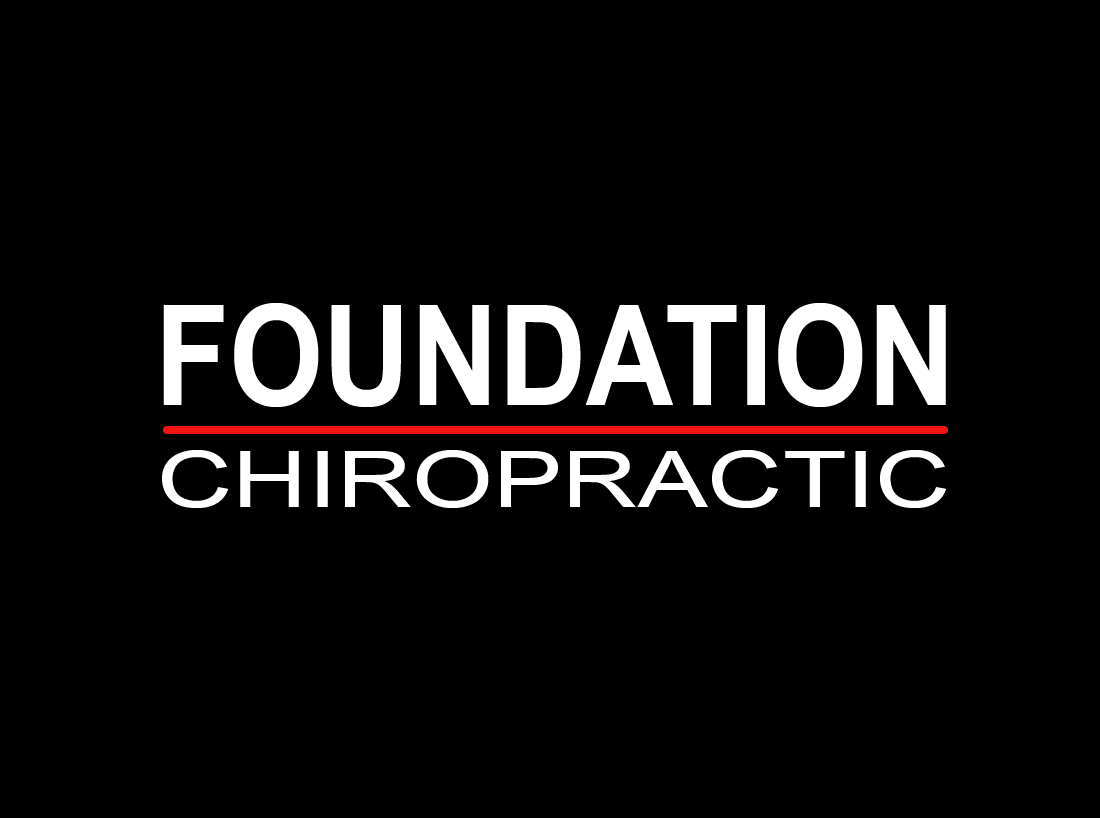Eating right is hard. Counting calories to keep yourself in line can take more effort than it’s worth, which is why thousands of people have turned to a simple, almost effortless eating strategy called intermittent fasting instead. Unlike regular diets, intermittent fasting isn’t about WHAT you eat, but WHEN. And for many, that makes all the difference.
What Is Intermittent Fasting?
Put simply, intermittent fasting is a pattern of eating where you schedule each meal to ensure you get the maximum metabolism-boosting benefit from it. By undergoing a series of short fasts, you push your metabolism to its full fat-burning potential. Fasting can take many forms, from simply not eating until 1pm every day or going full days without more than fluids. The choice of fast is completely up to you and dependent on what your body best responds to, so don’t be afraid to experiment.
The Science Behind Fasting
The benefits behind fasting comes down to the amount of time your body spends in a “fed” and “fasted” state every day. Once you’ve digested dinner, your body enters a post-absorptive state for about 8-12 hours where it has low blood glucose levels and turns towards its own fat stores for energy, causing you to burn fat more efficiently. The longer you keep yourself in this “fasted state,” the easier it is to burn calories.
4 Intermittent Fasting Methods to Try
It’s not difficult to try intermittent fasting. Below are four popular ways to fast for overall wellness that might give you the weight loss results you’ve been working towards.
1. Daily Intermittent Fasting (Lean Gains): As one of the most popular fasting methods for first time fasters, Lean Gains lets you eat for eight hour stretches and fast for sixteen. Most people fast from early evening until 1pm the following day.
2. 5:2 Diet: This simple fasting strategy allows you to eat normally for five days a week and restrict yourself to a quarter of your regular calories (around 500) for two non-consecutive days each week.
3. Weekly Intermittent Fasting (Eat-Stop-Eat): This method requires that you go without food for 24 hours about once a week. Zero calorie beverages like coffee and tea are okay, as well as chicken bouillon if you start craving salt.
4. The Warrior Diet: If you’re looking to build muscle quickly, the Warrior Diet requires a 20 hour fast followed by four hours of eating every day, usually in the afternoon.
Safety Precautions Before Fasting
While some people swear by the results they get from intermittent fasting, others find it leaves a lot to be desired. It’s normal to feel a little weak from fasting, but occasionally people experience more severe symptoms that compromise their health. If you don’t how your body will respond to fasting, make sure to start out small. It’s smart to try out the Lean Gains method for a few weeks and modify it when necessary so you don’t feel too uncomfortable. Keep in mind that it’s not a sign of failure to sneak a small snack during a fast.
For many people, intermittent fasting is a great way to get their bodies performing at optimal levels. Take the time to experiment with this wellness practice, and you might find that it’s an eating strategy that produces big benefits for your body.

